The herd in the clearing
Oil on canvas signed lower right
19,7 x 25,6 in
Certificat of authenticity.
Musées : Amsterdam , Budapest , Langres , Limoux , Manchester , Morlaix , Paris ( Musée d'Orsay ) Pau , Roanne , Saint-Etienne , Washington .
LOUIS AIME JAPY enjoyed considerable success over a fifty-year career as a landscape artist by merging the thematic subjects introducedby the first generation of Barbizon Artists ñ sheep-herding scenes and woodland motifs ñ with the misty atmospheres and idyllic calmassociated with Corotís art. From his earliest submissions to the Salon during the mid-1860s, Japy sought a highly personalized balancebetween poetic ambiance and observant realism in his landscapes of Brittany, Picardy and the Jura Region. In 1893, he was one of the first landscape artists to be honored with a one-man exhibition at the prestigious Galerie George Petit.Louis-Aime Japy was born at Berne (Doubs) in the French Alps in 1840, and throughout his life he returned frequently to the majestic JuraMountains and the Doubs region to paint. Although he was apparently largely self-taught as was true for most landscapists Japy studied informally with both Corot and Francois Francais, the most successful landscape painter in academic circles. Following their example, he also traveled to Italy, so long considered the standard for natural beauty, and early in his career he occasionally exhibited paintings of Italian themes.Japy began exhibiting at the Salon in 1864, just as landscape painting was beginning to gain significant official and critical acceptance in Paris. In his views of the winding rivers north of Paris or shepherds tending flocks on isolated Jura plateaus, Japy favored the twilight hour or misty weather conditions that allowed him great scope for color manipulation within naturalistic landscapes. Critics frequently honored Japy for his ability to retain an air of mystery or of feeling in landscape painting, at a time when so many naturalist artists were seen to be emphasizing detail over atmosphere. He won his first medal at the Salon of 1870, a second class medal in 1873, and silver medals at thespecial art exhibitions associated with the Expositions Universelles in 1889 and 1900.In 1893, Japy was given a one-man show at the Galerie Georges Petit, then the most fashionable and progressive gallery in Paris. Suchexhibitions, focused on a single artist, had only recently been introduced, and the attention helped present Japy to a broad internationalpublic.In 1906 Japy was named a Chevalier in the Legion of Honor, and he continued to exhibit at the Salon until shortly before his death in 1916.
violondingres.fr



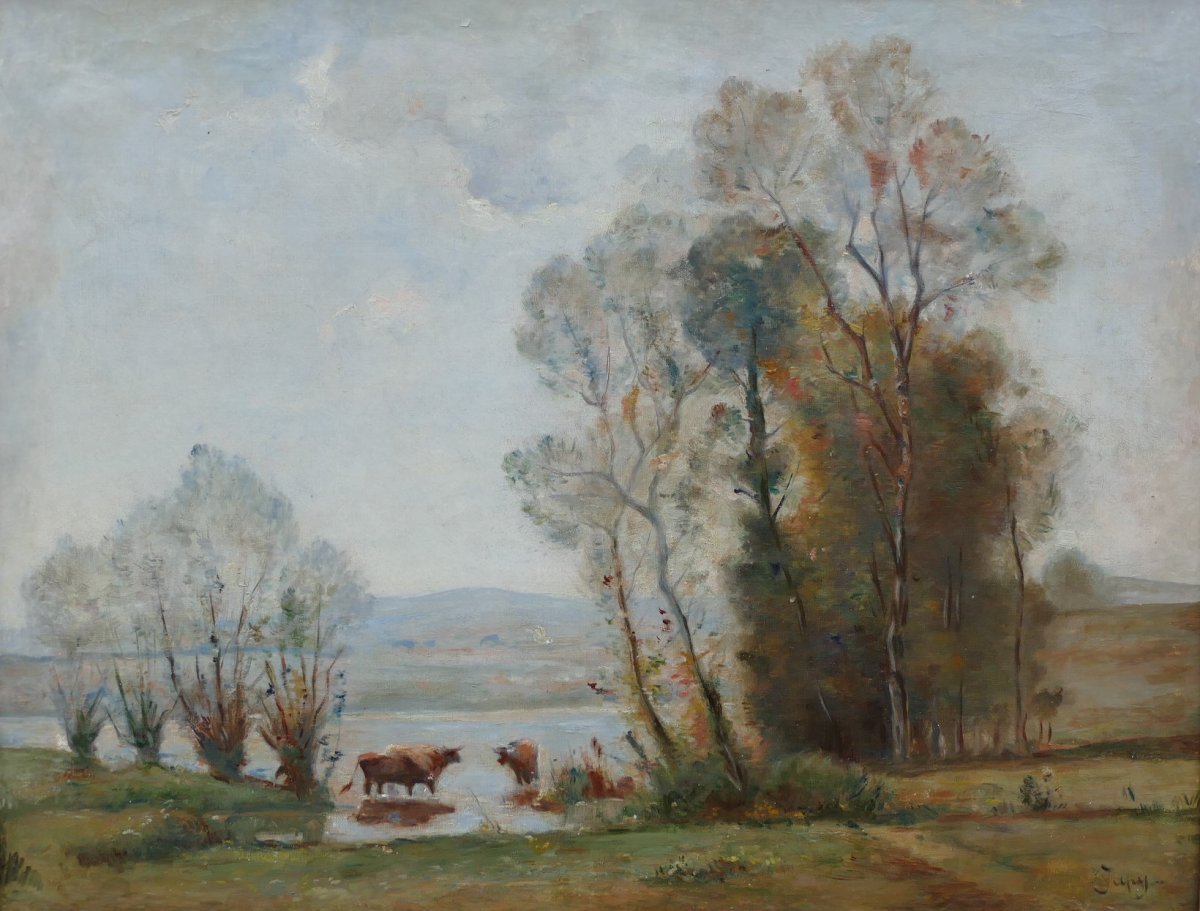

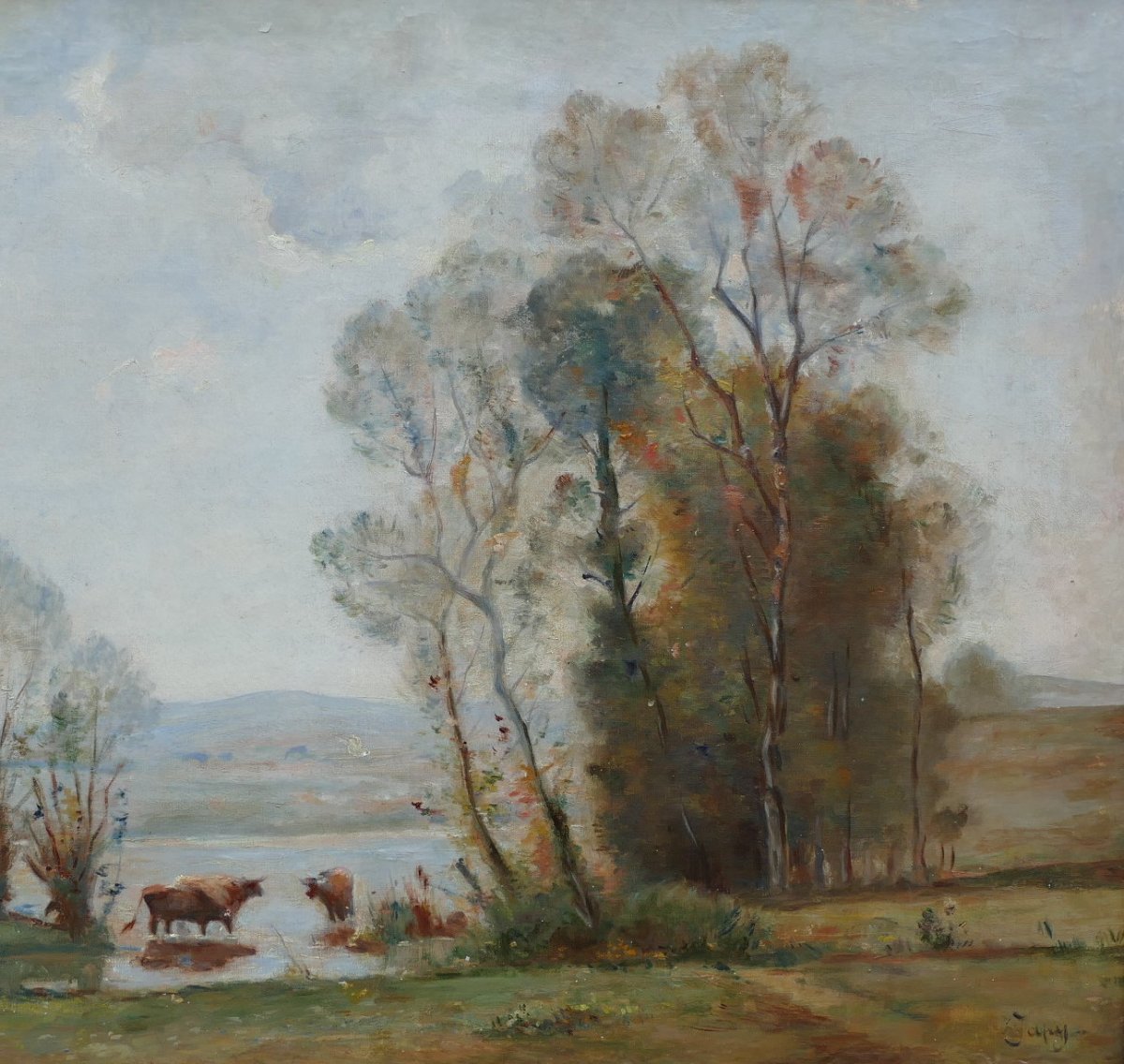
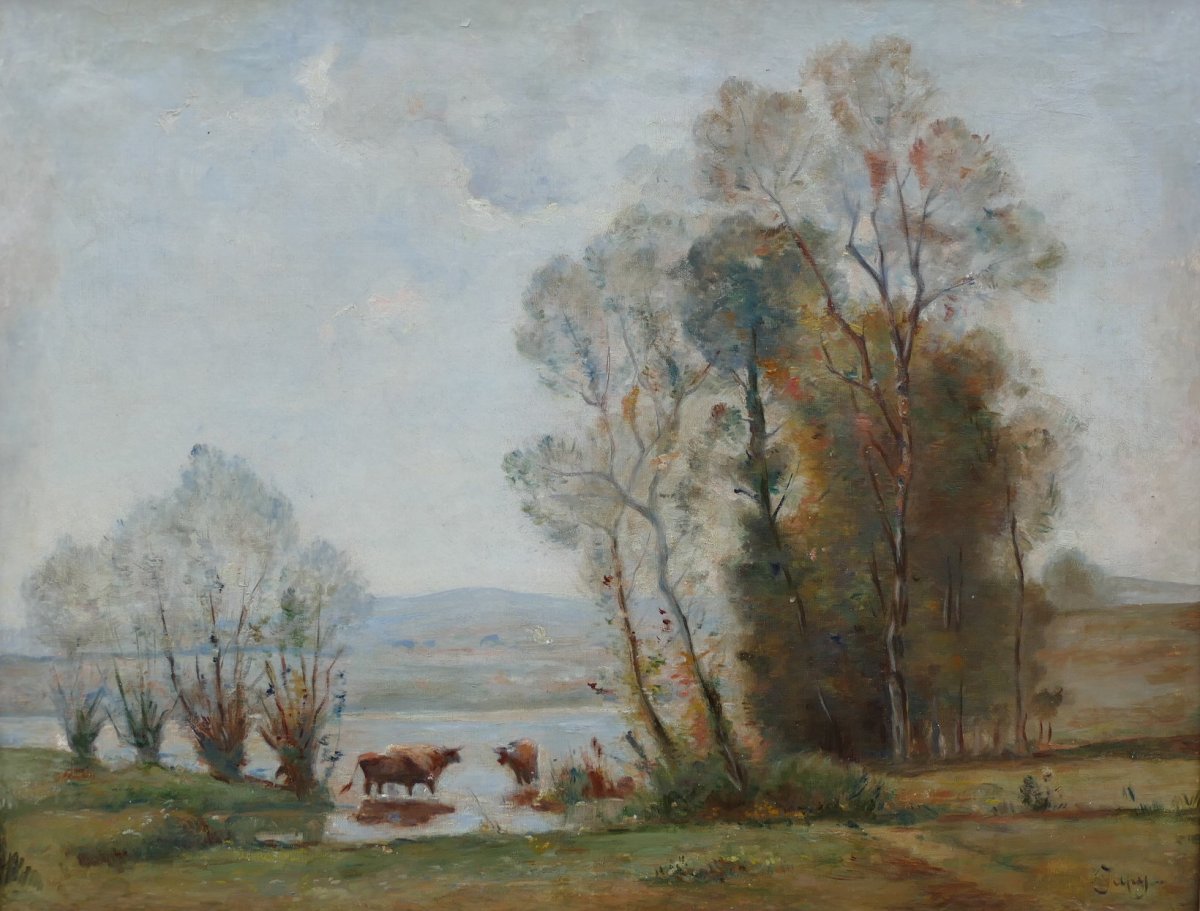
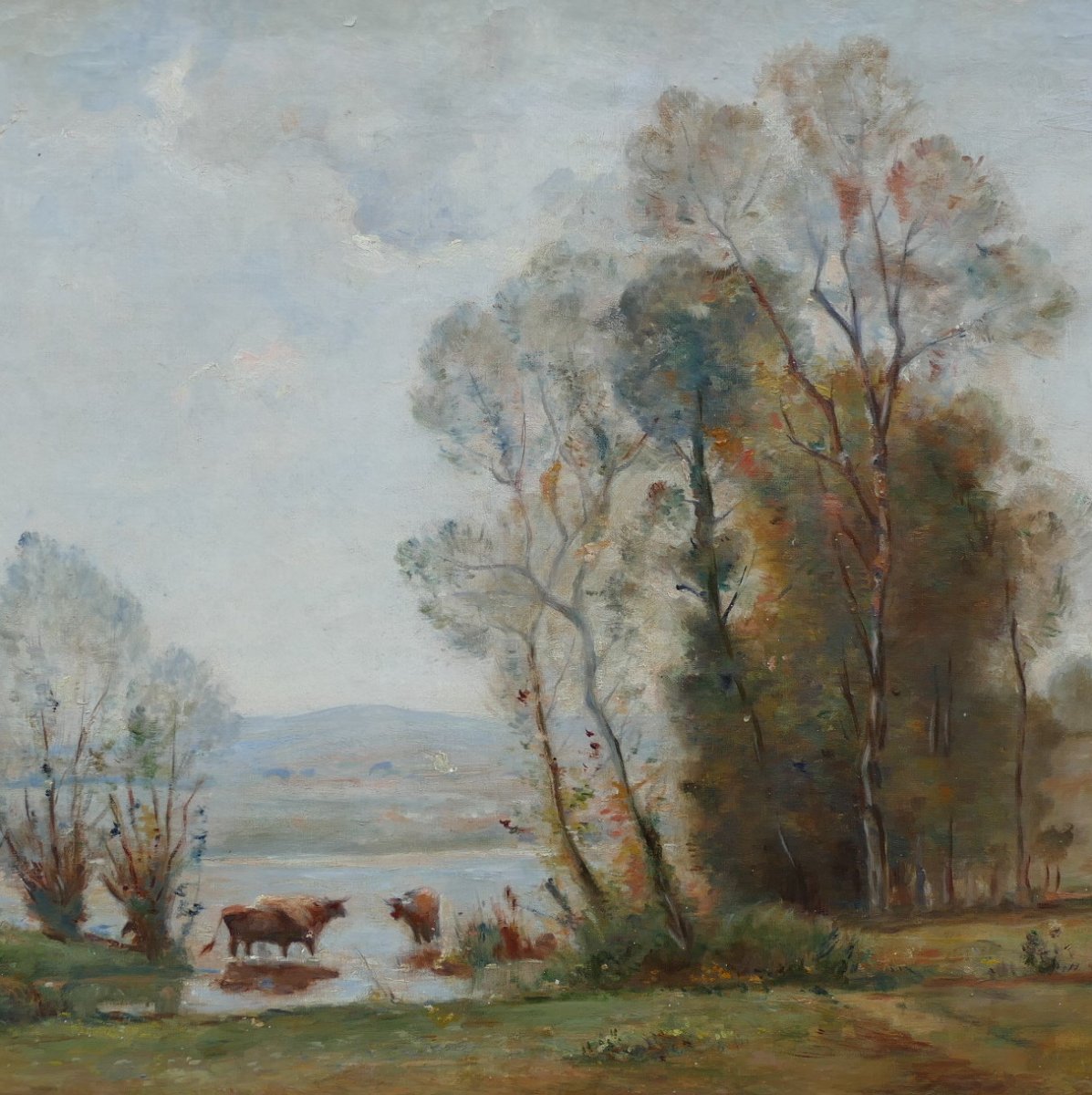

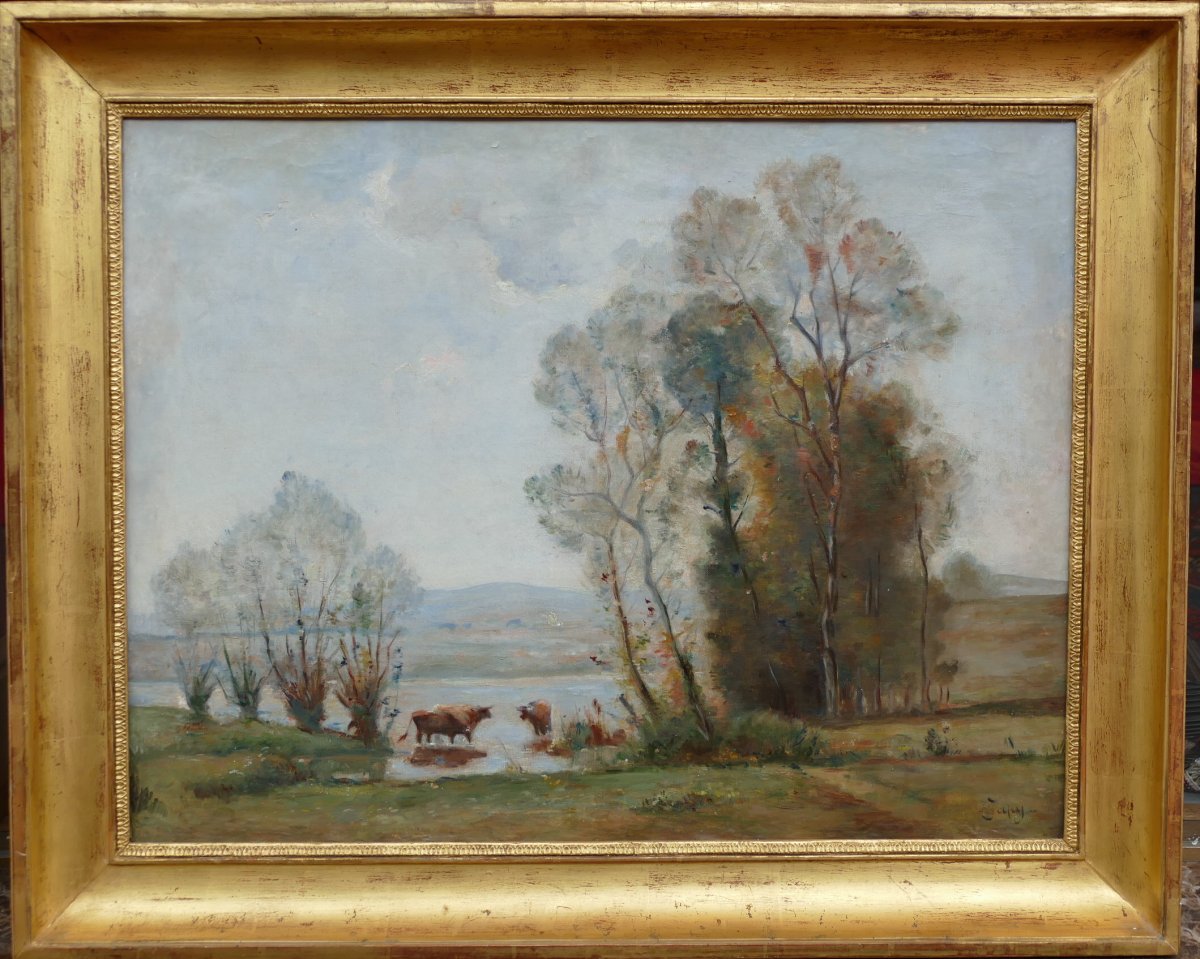











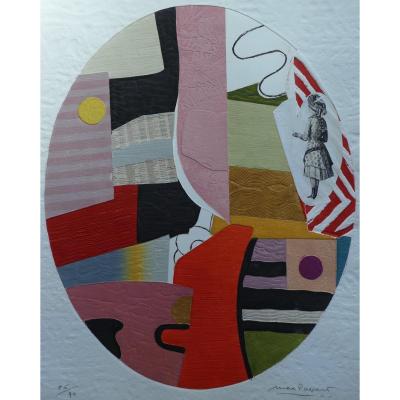

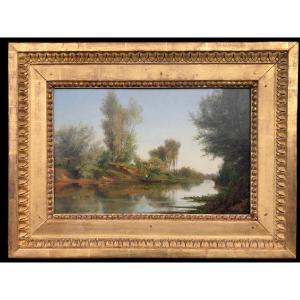
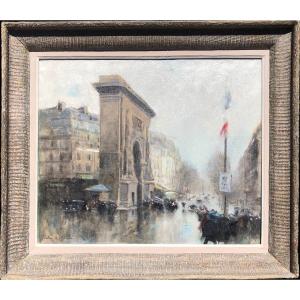

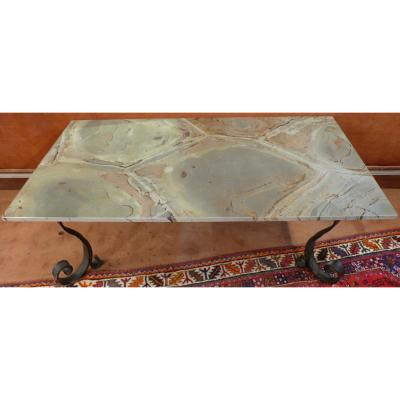

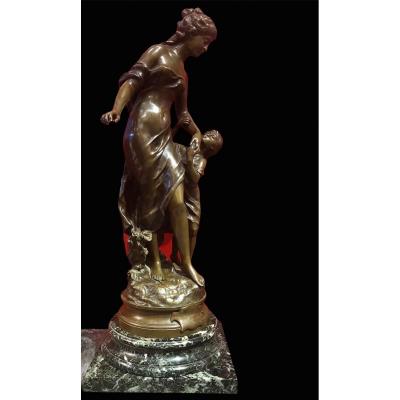




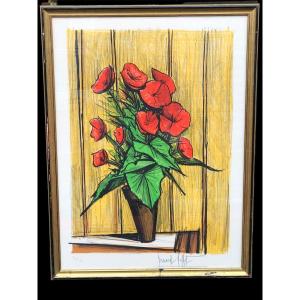
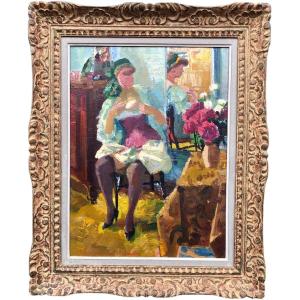








 Le Magazine de PROANTIC
Le Magazine de PROANTIC TRÉSORS Magazine
TRÉSORS Magazine Rivista Artiquariato
Rivista Artiquariato